Dive into the fascinating world of the deep sea with an exploration of Scotoplanes globosa, commonly known as the sea pig. These intriguing creatures, belonging to the sea cucumber family, inhabit the abyssal plains of the world’s oceans. Discover their unique anatomy, feeding strategies, locomotion, and the crucial role they play in the deep-sea ecosystem.
Classification and Physical Characteristics
The sea pig, scientifically known as Scotoplanes globosa, belongs to the fascinating world of echinoderms, a phylum encompassing marine invertebrates like starfish, sea urchins, and sea cucumbers. Residing within the class Holothuroidea, which defines sea cucumbers, the sea pig further classifies into the order Elasipodida and the family Elpidiidae.
Despite their nickname, sea pigs are not related to pigs at all. Their common name derives from their pinkish, plump appearance and their preference for foraging in the soft, muddy sediments of the ocean floor, much like pigs rooting for food on land.
These deep-sea dwellers possess a distinctive morphology adapted for their environment. Ranging from 2 to 15 centimeters in length, their translucent white to pale pink bodies are soft and rounded, lacking the bony skeletons found in many other echinoderms. Five to seven pairs of long, tube-like appendages, known as tube feet, extend from their bodies, serving as their primary means of locomotion. These tube feet, also present in other echinoderms like starfish, operate through a water vascular system, a network of fluid-filled canals that enable movement by hydraulic pressure changes.
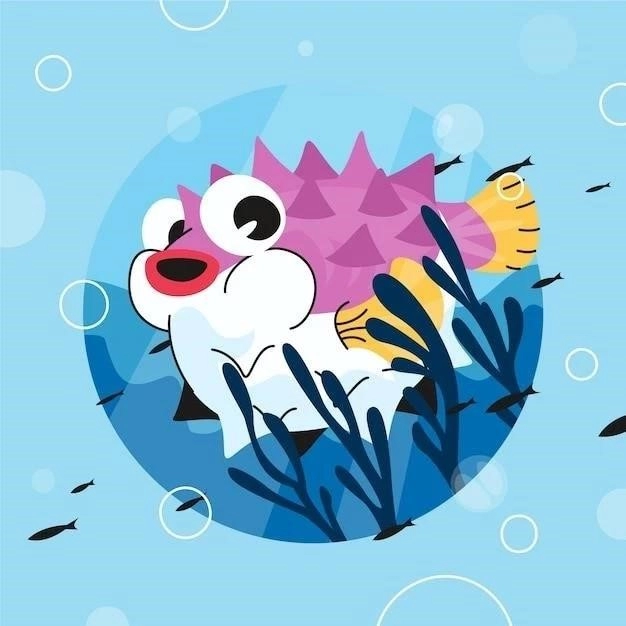
In addition to their tube feet, sea pigs possess ten buccal tentacles surrounding their mouths. These tentacles, smaller than the tube feet, play a crucial role in feeding by sifting through sediment and delivering organic matter to the sea pig’s mouth. Unlike other sea cucumber species, which often exhibit vibrant colors and patterns, the sea pig’s muted coloration reflects the dim, lightless environment they inhabit.
The combination of their soft, pliable bodies, numerous tube feet, and specialized feeding apparatus equips sea pigs for survival in the challenging conditions of the abyssal plains, making them a captivating example of deep-sea adaptation.
Habitat and Distribution
Scotoplanes globosa, the enigmatic sea pig, calls the abyssal plains of the world’s oceans its home. These vast, flat expanses represent the deepest portions of the ocean floor, typically found at depths exceeding 3,000 meters (9,800 feet). Sunlight does not penetrate these depths, plunging the abyssal plain into perpetual darkness and subjecting its inhabitants to immense pressure and frigid temperatures.
Sea pigs have been documented in the Atlantic, Pacific, and Indian Oceans, demonstrating their cosmopolitan distribution in this extreme environment. They exhibit a preference for soft, muddy substrates, where they can efficiently forage for food. The abyssal plains provide an abundant source of sustenance for these deposit feeders, as organic matter from the surface layers of the ocean slowly settles to the bottom, creating a nutrient-rich layer known as marine snow.
Although widely distributed across the globe, sea pig populations are not uniformly spread throughout the abyssal plains. Their presence is often associated with areas of high organic matter input, indicating their reliance on the steady deposition of food particles from the surface. These aggregations highlight the complex interplay between food availability and the distribution of deep-sea organisms.
The challenges of studying life in the abyssal zone, including its remoteness, extreme conditions, and the technological limitations of deep-sea exploration, mean that much about sea pig distribution and population dynamics remains unknown. However, ongoing research efforts utilizing remotely operated vehicles (ROVs) and other advanced technologies are steadily unveiling the secrets of these elusive creatures and their deep-sea habitat.
Locomotion: Tube Feet and the Water Vascular System
Navigating the soft, muddy terrain of the abyssal plains presents a unique challenge for the sea pig, Scotoplanes globosa. These deep-sea dwellers have evolved a remarkable mode of locomotion, utilizing a complex and fascinating system of tube feet powered by a water vascular system, a defining characteristic of the echinoderm phylum.
The sea pig’s body is adorned with five to seven pairs of elongated, fleshy appendages known as tube feet. These tube feet are not independent limbs with joints like those found in vertebrates. Instead, they operate through a hydraulic system, relying on the controlled movement of fluid within the sea pig’s body.
The water vascular system, a network of fluid-filled canals and muscular sacs, underpins this unique locomotion mechanism. At the heart of this system lies the madreporite, a small, porous plate located on the sea pig’s upper surface. The madreporite acts as an entry point for seawater, drawing it into the water vascular system.
From the madreporite, seawater flows through a series of canals and radial channels that extend throughout the sea pig’s body, eventually reaching the tube feet. Each tube foot is equipped with a muscular sac called an ampulla and a sucker-like disc at its tip. By contracting the ampulla, the sea pig forces fluid into the tube foot, causing it to extend and reach out from the body.
When the tube foot contacts a stable surface, the sea pig can then contract muscles within the foot, forcing fluid back into the ampulla and shortening the tube foot. This coordinated extension and contraction of multiple tube feet, coupled with the adhesive properties of their sucker-like discs, allows the sea pig to slowly but effectively “walk” along the seafloor.
This ingenious system of hydraulically powered tube feet, while appearing simple, showcases the elegant adaptations that allow the sea pig to thrive in one of the most extreme environments on Earth.
Diet and Feeding Strategies
In the depths of the abyssal plains, where sunlight never penetrates and resources are scarce, Scotoplanes globosa, the sea pig, has evolved a specialized feeding strategy to thrive. As a deposit feeder, this fascinating creature relies on the continuous rain of organic matter, known as marine snow, that descends from the surface layers of the ocean to the seafloor.
Marine snow comprises a diverse array of particles, including decaying plant and animal matter, fecal pellets, and microscopic organisms. This detritus represents a vital food source for many deep-sea inhabitants, including the sea pig, which has developed adaptations to efficiently locate and consume this nutrient-rich material.

The sea pig employs a combination of its tube feet and buccal tentacles to locate and manipulate food. As it moves slowly across the seafloor, it uses its sensitive tube feet to detect the presence of organic matter buried within the sediment. Once a potential food source is detected, the sea pig extends its ten retractable buccal tentacles, which surround its mouth.
These tentacles, smaller and more flexible than the tube feet, act as delicate sensory organs and feeding appendages. The sea pig sweeps its tentacles across the seafloor, collecting organic particles and transferring them towards its mouth. This feeding strategy, known as deposit feeding, allows the sea pig to extract nourishment from the abundant, albeit dispersed, organic matter present in the abyssal depths.
Research suggests that sea pigs exhibit a preference for fresh marine snow, indicating their ability to differentiate between recently deposited organic matter and older, less nutritious sediment. This selectivity highlights their adaptation to maximizing their energy intake in an environment where food resources can be unpredictable.
Anatomy and Physiology
The sea pig, Scotoplanes globosa, possesses a unique anatomy and physiology exquisitely adapted to its extreme deep-sea environment. Unlike their shallow-water sea cucumber relatives, sea pigs exhibit distinctive features that allow them to thrive in the abyssal plains, where darkness reigns, pressure is immense, and temperatures hover near freezing.
Externally, the sea pig’s most striking feature is its collection of tube feet, fleshy appendages that extend from its body and serve as its primary means of locomotion. These tube feet, powered by a remarkable water vascular system, enable the sea pig to navigate the soft, muddy terrain of the ocean floor. Ten smaller tentacles, known as buccal tentacles, surround the sea pig’s mouth, aiding in food detection and manipulation.
Internally, the sea pig lacks a rigid, bony skeleton, a characteristic common to echinoderms. Instead, its body structure is maintained by a hydrostatic skeleton, a fluid-filled cavity within its body wall. This hydrostatic skeleton provides support and flexibility, allowing the sea pig to withstand the immense pressure of the deep sea while maintaining its shape.
The sea pig’s respiratory system is equally fascinating. Lacking gills or lungs, it relies on diffusion across its thin-walled body surface to obtain oxygen from the surrounding seawater. This process is facilitated by the presence of specialized structures called respiratory trees, branched internal sacs that increase the surface area available for gas exchange.
The digestive system of the sea pig is adapted to its deposit-feeding lifestyle. Its long, coiled gut processes large quantities of sediment, extracting nutrients from the organic matter present within. Waste products are expelled through the anus, located near the rear end of the body.
The sea pig’s sensory system, while not fully understood, is thought to rely heavily on touch and chemoreception. Its tube feet and buccal tentacles likely possess sensory cells that detect vibrations, changes in water pressure, and the presence of dissolved chemicals, allowing it to navigate its environment and locate food in the absence of light.
Reproduction and Life Cycle
The reproduction and life cycle of the elusive sea pig, Scotoplanes globosa, remain shrouded in mystery, a testament to the challenges of studying life in the abyssal depths. The remoteness of their habitat, coupled with the logistical constraints of deep-sea research, has limited our understanding of these fascinating creatures’ reproductive strategies.
Like most echinoderms, sea pigs are dioecious, meaning they have separate sexes. However, distinguishing males from females externally is difficult due to the lack of pronounced sexual dimorphism, the difference in appearance between the sexes. Scientists believe that sea pigs reproduce sexually, releasing sperm and eggs into the surrounding water for fertilization.
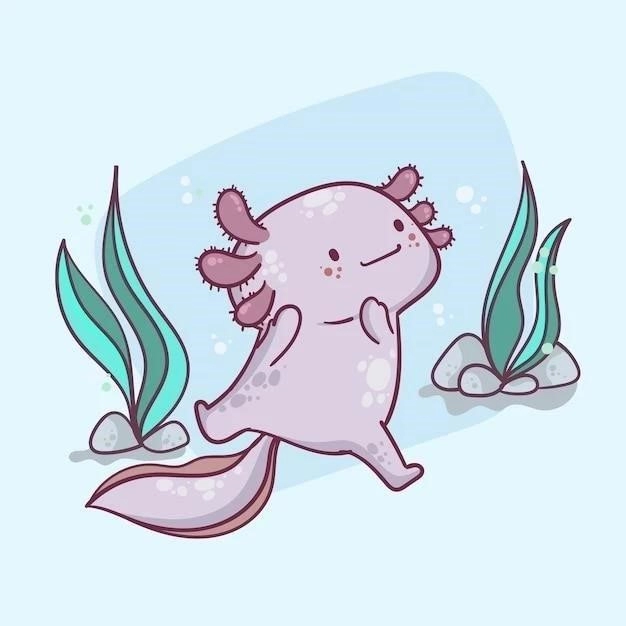
This method, known as broadcast spawning, is common among marine invertebrates inhabiting environments where encounters between individuals may be infrequent. The timing and triggers for spawning in sea pigs remain unknown, adding another layer of complexity to their reproductive biology.
After fertilization, the developing sea pig embryos likely hatch into free-swimming larvae, a common dispersal stage for many marine invertebrates. These larvae, typically microscopic in size, drift with ocean currents, eventually settling on the seafloor and undergoing metamorphosis into their adult form. This larval stage, while poorly understood in sea pigs, plays a crucial role in their dispersal and colonization of new areas.
The lifespan of a sea pig remains unknown, with estimates varying widely. Some researchers speculate that they may live for several years, while others suggest longer lifespans are possible. The challenges of tracking individuals in the vastness of the deep sea make it difficult to accurately determine their longevity.
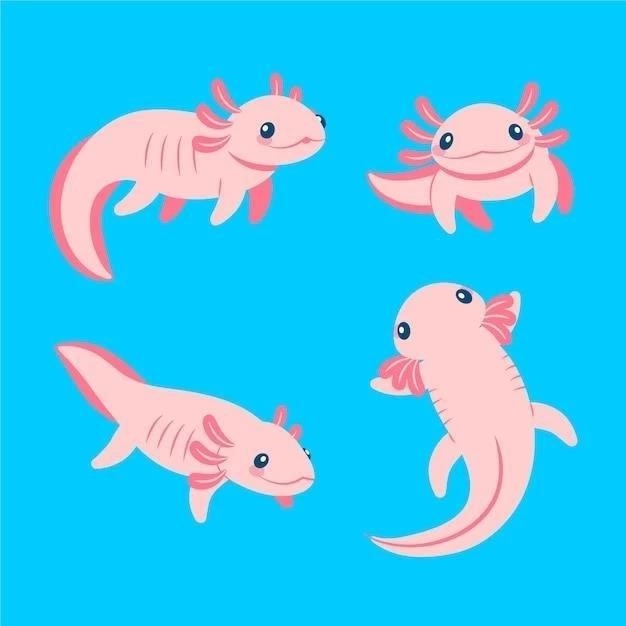
Ecological Role and Interactions
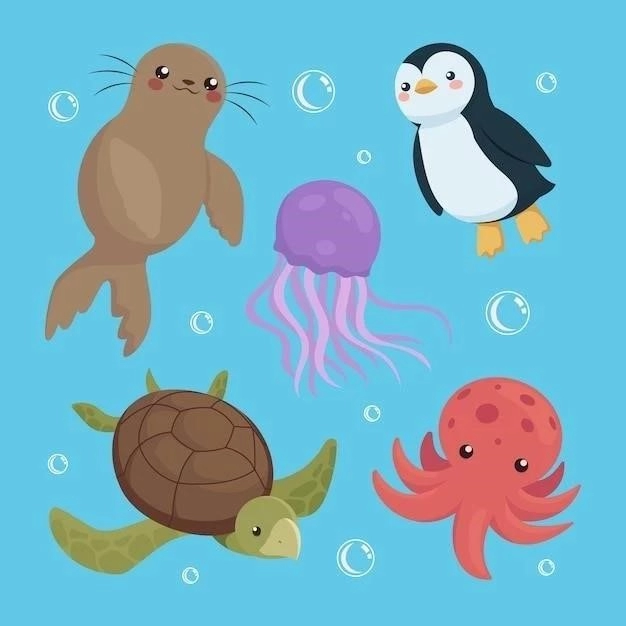
In the vast, dimly lit expanse of the abyssal plains, Scotoplanes globosa, the unassuming sea pig, plays a vital, albeit often overlooked, role in the deep-sea ecosystem. These deposit feeders, with their peculiar appearance and unusual adaptations, contribute significantly to the intricate web of life that thrives in this extreme environment.
As detritivores, sea pigs are essential to the ocean’s nutrient recycling system. They feed on marine snow, the constant shower of organic debris that settles from the surface layers, effectively converting this detritus into biomass. By consuming and processing this organic matter, sea pigs release nutrients back into the ecosystem, making them available to other organisms in the food web. This process of nutrient cycling is crucial for maintaining the health and productivity of deep-sea ecosystems, which are often characterized by low primary productivity.
Sea pigs also engage in a fascinating symbiotic relationship with other deep-sea inhabitants. Small crustaceans, particularly a species of kingler crab known as Neolithodes diomedeae, have been observed living on the bodies of sea pigs. These crabs likely benefit from the sea pig’s movement, gaining access to food resources and potentially protection from predators. This type of symbiotic association, known as commensalism, highlights the interconnectedness of life in the deep sea.
Furthermore, sea pigs serve as prey for larger predators, including deep-sea fishes and invertebrates. Their soft bodies and slow-moving nature make them vulnerable to predation, contributing to the energy flow within the abyssal food web. The exact predators that rely on sea pigs as a food source remain poorly understood, reflecting the challenges of observing predator-prey interactions in the deep sea.
Despite their inconspicuous nature, sea pigs play a crucial role in the ecological balance of the abyssal plains. Their feeding activities, symbiotic relationships, and interactions with predators highlight their importance in maintaining the health and functioning of this unique and vital ecosystem.
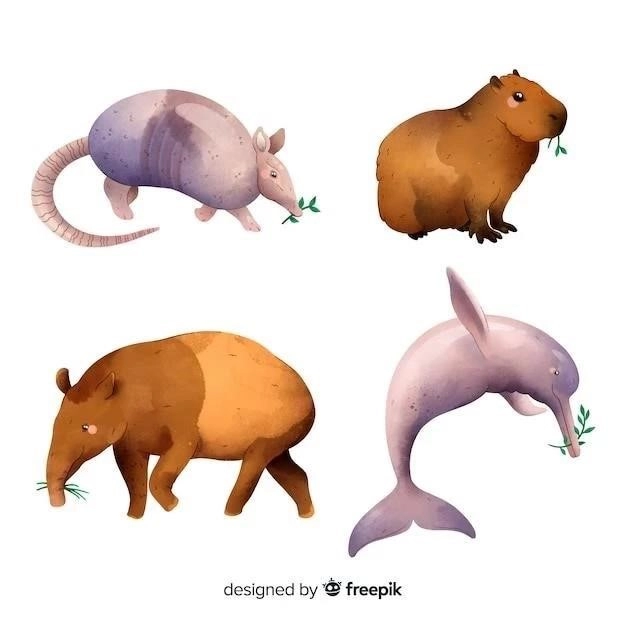
Predators and Threats
While the deep sea provides a refuge from many surface-dwelling predators, life in the abyssal plains is not without its dangers. Scotoplanes globosa, the sea pig, faces a unique set of predators and threats in this extreme environment, where survival strategies are often defined by a delicate balance between finding sustenance and avoiding becoming prey.
The sea pig’s soft, fleshy body, lacking the hard exoskeletons or defensive spines of some other deep-sea creatures, makes it a potentially vulnerable target for predation. While specific predator-prey relationships in the abyssal zone remain poorly documented due to the challenges of observation, researchers believe that sea pigs likely fall victim to opportunistic feeders.
Deep-sea fishes, equipped with sensitive sensory organs to detect prey in the darkness, are potential predators of sea pigs. Some fish species, such as rattails and grenadiers, are known to scavenge on the seafloor and may consume sea pigs they encounter during their foraging expeditions. Additionally, large invertebrates, including cephalopods like squid and octopuses, with their sharp beaks and ability to manipulate prey, could also pose a threat to sea pigs.
Beyond direct predation, sea pigs face threats from human activities, primarily those impacting the deep-sea environment. Bottom trawling, a fishing method that drags nets across the seafloor, can damage or destroy sensitive deep-sea habitats, including those inhabited by sea pigs. Pollution, particularly the accumulation of plastic debris and other contaminants in the deep sea, represents a growing concern, as these pollutants can disrupt marine food webs and potentially harm deep-sea organisms like sea pigs.
Climate change also presents indirect threats to sea pigs. As ocean temperatures rise and ocean acidification increases, the availability of food resources and the suitability of deep-sea habitats may be altered, potentially impacting sea pig populations and the delicate balance of the abyssal ecosystem they inhabit.
Research and Discoveries
Unraveling the mysteries of the deep sea, a realm once considered silent and barren, has captivated the scientific community for decades. Scotoplanes globosa, the enigmatic sea pig, stands as a testament to the remarkable discoveries emerging from our exploration of this extreme environment. However, the profound challenges of studying life in the abyssal depths, characterized by immense pressure, frigid temperatures, and perpetual darkness, necessitate innovative approaches and technological advancements to further our understanding of these unique creatures.
Early observations of sea pigs were limited to specimens accidentally brought to the surface by trawling nets, providing glimpses into their morphology but offering little insight into their behavior or ecology. The advent of submersibles and remotely operated vehicles (ROVs) revolutionized deep-sea research, allowing scientists to observe and document these elusive creatures in their natural habitat for the first time.
Through the lens of these technological marvels, researchers have documented sea pig locomotion, feeding strategies, and interactions with other deep-sea organisms. The development of sophisticated cameras and imaging techniques has allowed for detailed observations of sea pig behavior, revealing their slow-moving, deliberate nature and their unique method of using tube feet for movement and food detection.
Despite these advances, much about the sea pig’s life cycle, reproductive strategies, and sensory adaptations remains unknown. The development of non-invasive sampling methods and genetic analysis techniques offers promising avenues for future research. Analyzing environmental DNA (eDNA) collected from seawater samples, for instance, could provide valuable insights into sea pig distribution, population structure, and interactions with other organisms.
The continued exploration of the deep sea, driven by technological innovation and collaborative research efforts, promises to unlock further secrets of the sea pig and the fascinating ecosystem it inhabits, expanding our understanding of life on Earth and the interconnectedness of all living things.
Conservation Status and Concerns
The conservation status of the sea pig, Scotoplanes globosa, a denizen of the deep ocean, presents a complex and often uncertain picture. Despite their widespread distribution across the abyssal plains of the world’s oceans, these enigmatic creatures face potential threats, primarily stemming from human activities impacting the deep-sea environment, a realm once considered relatively pristine and isolated from human influence.
Currently, the sea pig is not listed as endangered or threatened by international conservation organizations. This lack of formal protection stems, in part, from the challenges of assessing their population size and distribution. The remoteness and vastness of their deep-sea habitat, coupled with the logistical constraints of conducting research in such extreme conditions, make it difficult to obtain reliable data on their abundance and any potential declines.
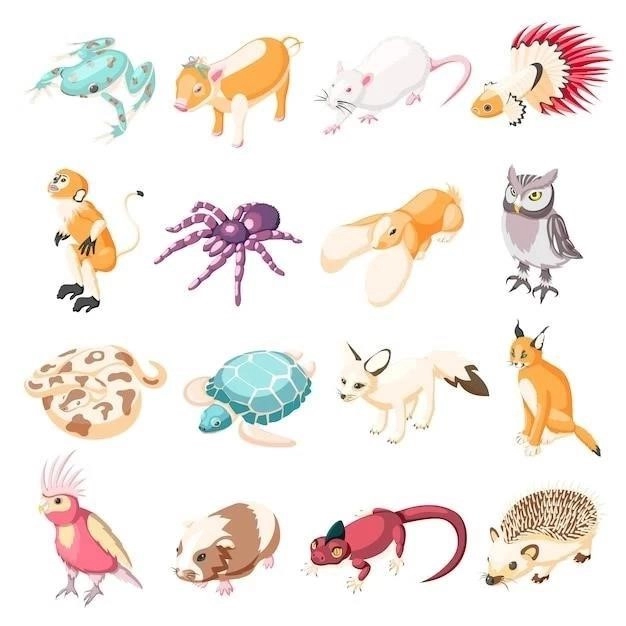
However, the increasing pressure on deep-sea ecosystems from human activities raises concerns about the long-term well-being of sea pigs and other deep-sea inhabitants. Bottom trawling, a fishing practice that involves dragging weighted nets across the seafloor, poses a significant threat. These trawls can indiscriminately catch and damage deep-sea organisms, including sea pigs, and can alter the physical structure of their habitat, potentially impacting their ability to find food and reproduce.
Pollution, particularly the accumulation of plastic debris and chemical contaminants in the deep sea, represents another growing concern. These pollutants can enter the deep-sea food web, potentially harming organisms at various trophic levels, including sea pigs. Additionally, climate change, driven by human activities, is altering ocean temperatures, acidity levels, and currents, with potential cascading effects on deep-sea ecosystems and the organisms that rely on them.
Addressing these conservation concerns requires a multi-faceted approach, including further research to better understand sea pig populations and their vulnerability to human impacts, the implementation of sustainable fishing practices that minimize deep-sea damage, and global efforts to reduce pollution and mitigate climate change. Protecting the sea pig and its deep-sea habitat ultimately hinges on recognizing the interconnectedness of all ecosystems and the importance of responsible stewardship of our planet.










